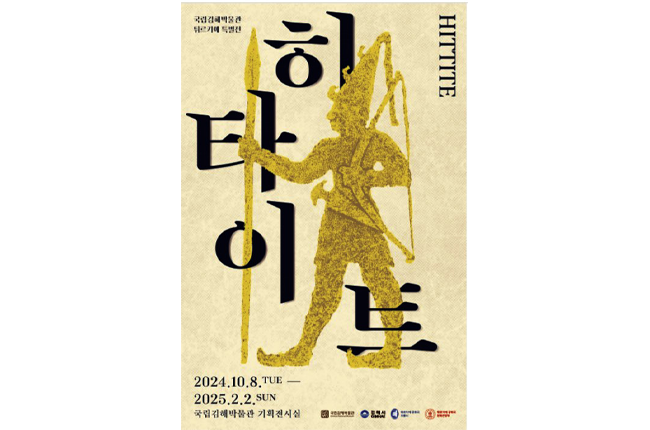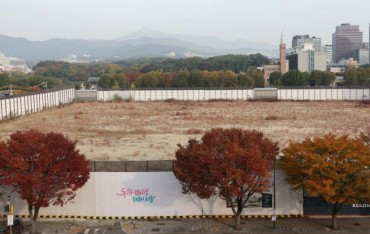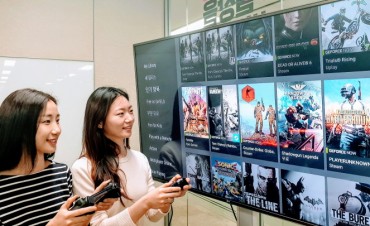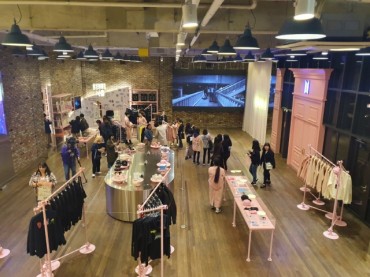
The special exhibition, titled “Hittite,” is a collaborative effort between the city of Gimhae, the Gimhae National Museum, the city of Çorum in Turkey, and the Turkish Ministry of Culture and Tourism. (Image courtesy of the Gimhae National Museum)
GIMHAE, Sept. 7 (Korea Bizwire) – In a groundbreaking cultural exchange, artifacts from the Hittite Empire, one of the world’s earliest iron-working civilizations, are set to be exhibited for the first time in South Korea.
The exhibition will take place in Gimhae, a city in South Gyeongsang Province renowned as the ancient capital of the Gaya Confederacy, a kingdom that played a pivotal role in developing iron culture on the Korean Peninsula.
The Gimhae city government announced on September 5 that 212 Hittite artifacts are scheduled to arrive in South Korea on September 6. These precious items will receive a police escort typically reserved for state guests as they are transferred to the storage facilities of the Gimhae National Museum.
This unprecedented exhibition is part of a series of events celebrating three major occasions in Gimhae: the National Sports Festival (including an event for people with disabilities), the Visit Gimhae Year, and Gimhae’s status as an East Asian Culture City.
It also marks the first anniversary of the Gaya Tumuli’s inscription on the UNESCO World Heritage list.
The artifacts, which will be on display from October 8 to February 2 of next year, include items that contributed to the Hittite Empire’s rise to power.
Visitors can expect to see bronze swords, pottery, clay tablets, weapons, metalworking tools, and examples of cuneiform writing.
The special exhibition, titled “Hittite,” is a collaborative effort between the city of Gimhae, the Gimhae National Museum, the city of Çorum in Turkey, and the Turkish Ministry of Culture and Tourism.
Gimhae city officials engaged in local government diplomacy with Çorum, an international friendship city, to organize this joint special exhibition.
The Hittite civilization flourished on the Anatolian plateau about 3,700 years ago and is recognized as one of the first to use iron.
The exhibition gains additional significance from the connection between Çorum, home to the ruins of Hattusa (the capital of the Hittite Empire), and Gimhae, the capital of the Gaya Confederacy, which was instrumental in developing iron culture on the Korean Peninsula.
Lina Jang (linajang@koreabizwire.com)






